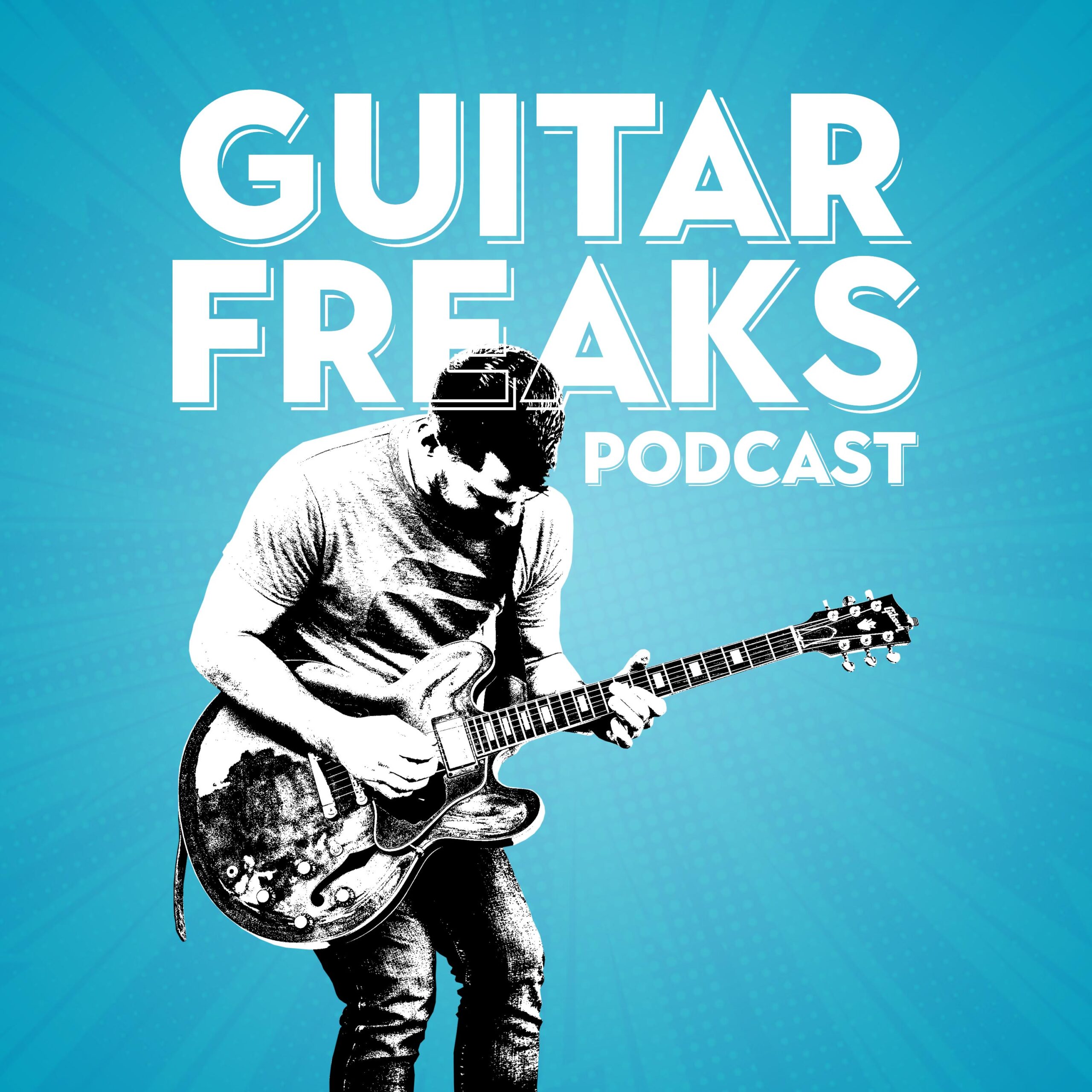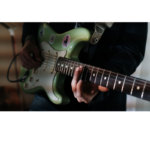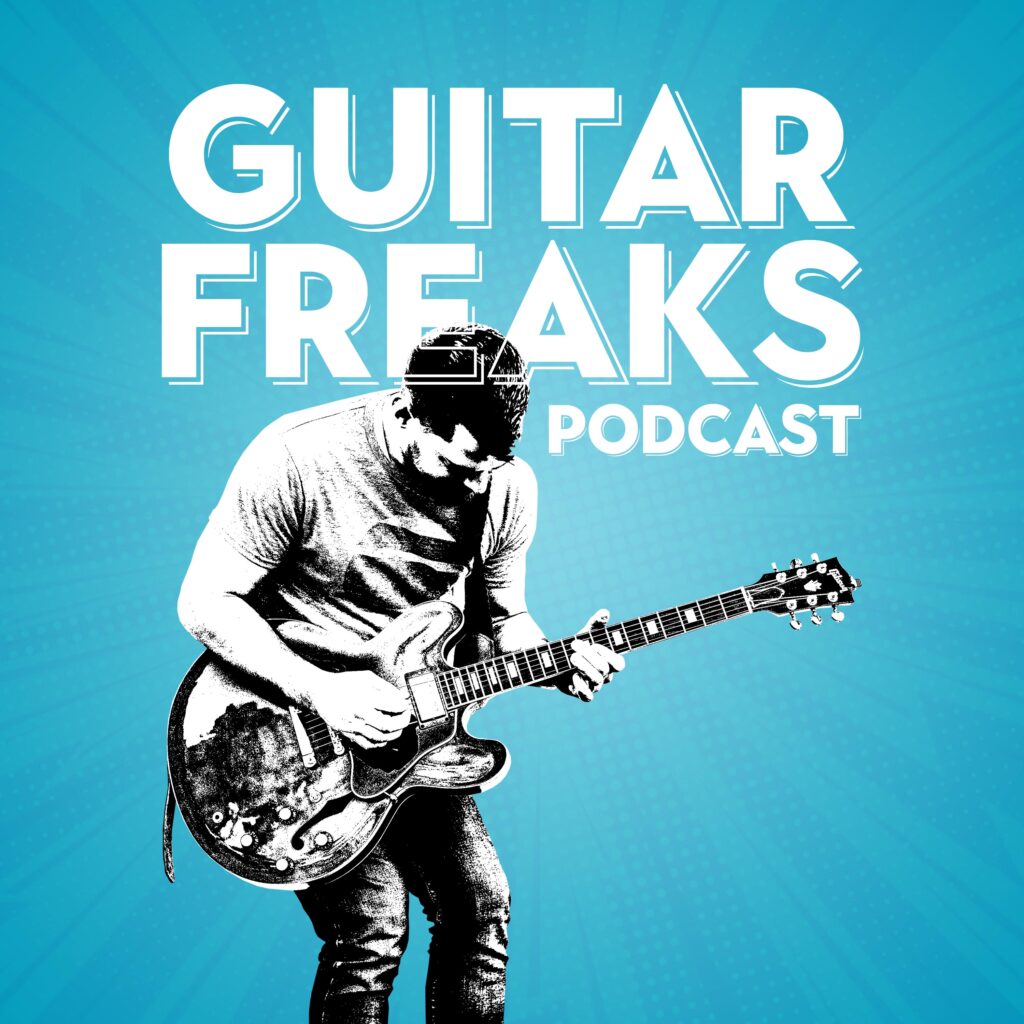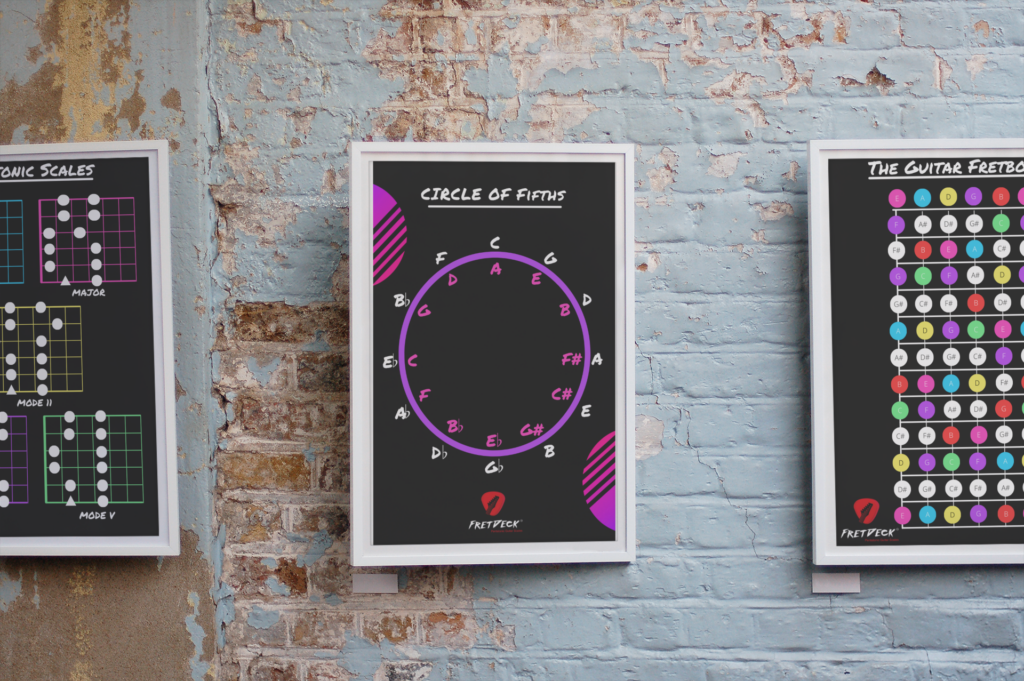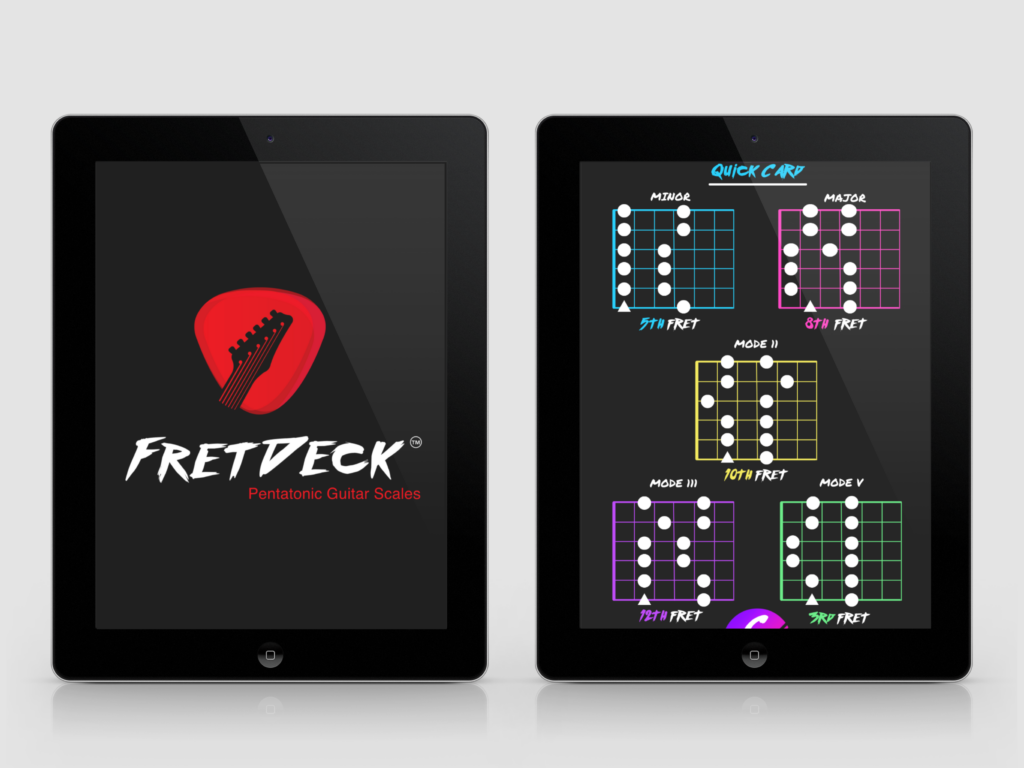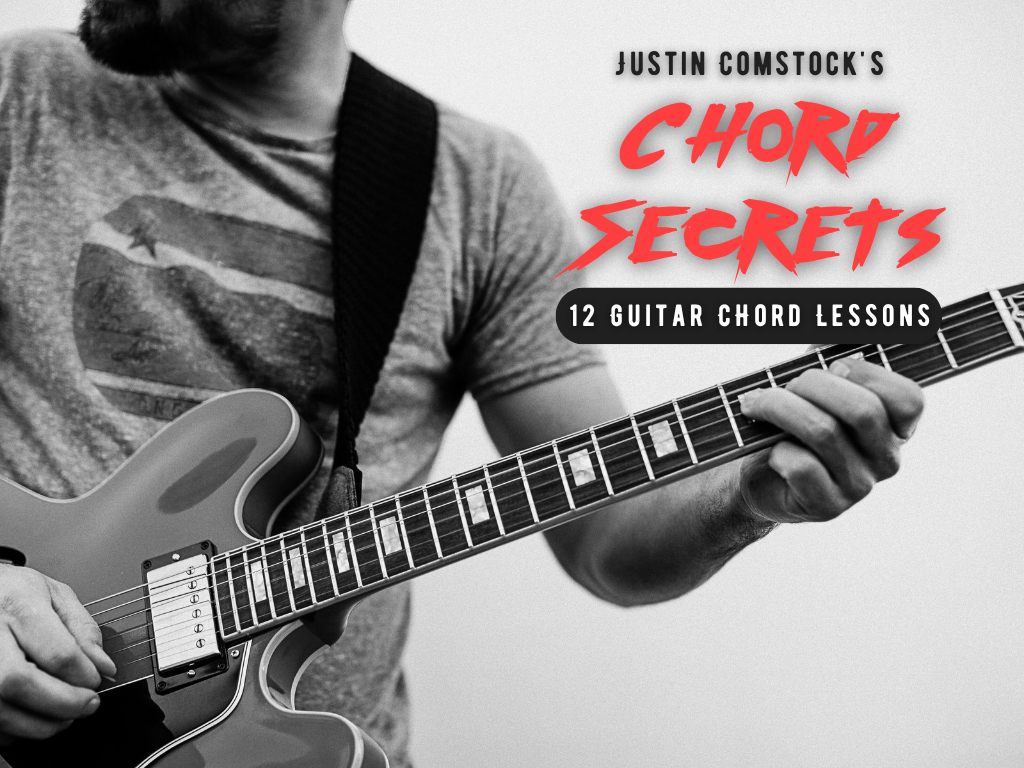Let’s be honest: a guitar scales book is boring.
They hand you 60 pages of scale diagrams and say, “Good luck.”
No musical context. No creative applications. Just boxes to memorize. No wonder most guitarists give up halfway through page two.
But what if learning scales actually helped you make music?
What if your “guitar scales book” looked more like a map—one you could carry in your back pocket, jam with on your couch, and use to finally unlock the fretboard?
Let me show you how I finally hacked the code—and why thousands of guitarists are ditching traditional books for something way more powerful.
Why Most Guitar Scales Books Fail
Let’s break down the typical experience.
You buy a book. Maybe it’s called Guitar Scales Bible or 1001 Scales for Guitarists. The cover looks promising. You crack it open.
And there it is: the same five pentatonic boxes. Maybe some three-note-per-string diagrams. No explanation. No real-world examples. No sound. No soul.
It’s like trying to learn French by reading a dictionary. Sure, the words are there—but you never learn how to speak.
The problem? Most guitar scales books teach information without integration.

❌ Stop Guessing. Start Shredding.
If you’re still fumbling through scale patterns and box shapes… it’s costing you progress.
FretDeck™ is the no-fluff system that shows you exactly how to master the fretboard—fast. Early access.
⚡️ This isn’t for dabblers. It’s for players who want results.
👉 Click here to join the pre-launch now
Early access. Limited rewards. Don’t wait.
“Mapping the Neck Changed Everything for Me…”
I was stuck in a rut. I could noodle in A minor pentatonic, but anytime I had to switch keys or play outside of pattern 1, I froze. My solos felt mechanical. My knowledge was boxed in.
Then I stumbled across a method that changed everything: mapping the fretboard using the circle of 4ths.
It wasn’t a new “system.” It was a shift in mindset. Suddenly, scales weren’t random dots. They were patterns with meaning, connected by intervals, string relationships, and root-note logic.
I started building my own “guitar scales book”—but on index cards. Then those turned into a deck. That deck became the FretDeck. And that deck helped me—and hundreds of players—finally connect the dots.
A Smarter Way to Learn Guitar Scales
If you’ve read Chapter 11: Map the Fretboard from your favorite modern guitar methods, you’ve seen how powerful it is to combine visual patterns, aural awareness, and tactile memory.
Here’s what I did:
✅ I picked one string and ran the circle of 4ths up and down it.
✅ I spoke each note out loud.
✅ I played to a slow metronome (4 ticks between notes).
✅ I kept my eyes forward, not on the neck.
✅ I repeated the process across all six strings.
✅ I practiced away from the guitar by visualizing it.
And within a week? I could name nearly every note on the fretboard. Not by brute force—by connection.
That’s when scale shapes stopped being boxes… and started becoming music.
Why the B String Throws You Off (and How to Fix It)
Let’s talk about the elephant on the fretboard: the B string.
Unlike the other strings (which are tuned in perfect 4ths), the G to B string is tuned to a major 3rd. That one interval changes everything.
You learn a shape on the D and G strings, move it to the B and high E—and it falls apart. Why? Because the fret spacing shifts.
This is why traditional guitar scales books fail. They don’t account for this interval shift. But if you practice scale shapes and intervals with the B string in mind, you’ll quickly start adjusting automatically.
FretDeck includes this nuance on every card—so you’re never thrown off by that rogue 3rd again.
From Scales to Chords (And Back Again)
Let’s say you just learned an F chord, mini barre style.
The root’s on the 4th and 1st strings. Cool.
Now, take that shape and follow the circle of 4ths. Move it up string by string: F to B♭ to E♭ to A♭ to D♭… and you’re now comping jazz chords without even realizing it.
You’re no longer stuck in “one chord, one spot.” You’re mapping relationships. And once you can do that?
You can solo anywhere. Play rhythm anywhere. Hear music before you touch your guitar.
That’s the point of a true guitar scales book—not to give you patterns, but to unlock fluency.
🚀 What If You Could Learn All 60 Pentatonic Shapes—Without Overwhelm?
That’s the promise of the FretDeck: Pentatonic Scales.
It’s not a book.
It’s a modular learning system that fits in your guitar case, your backpack, your desk drawer. Each card shows one of the five pentatonic modes, across twelve keys, with root notes, intervals, and fingerings—all laid out visually.
And here’s what makes it different:
- You only practice one card at a time.
- You see exactly where the root is.
- You build mental maps (and muscle memory).
- You finally get unstuck from “box 1” syndrome.
And starting June, we’re launching a Kickstarter to release the full deck, practice routines, and companion video lessons.
🟨 JOIN THE PRE-LAUNCH & GRAB BONUSES

❌ Stop Guessing. Start Shredding.
If you’re still fumbling through scale patterns and box shapes… it’s costing you progress.
FretDeck™ is the no-fluff system that shows you exactly how to master the fretboard—fast. Early access.
⚡️ This isn’t for dabblers. It’s for players who want results.
👉 Click here to join the pre-launch now
Early access. Limited rewards. Don’t wait.
🎯 Who This Is For
- If you’ve tried books like Guitar Grimoire or Fretboard Logic but still feel stuck…
- If you know a few scale shapes but don’t know how to use them…
- If you want to finally solo across the neck without getting lost…
- If you like clear visual tools that make the complex simple…
Then this system was built for you.
💬 What Players Are Saying
“I used to avoid soloing in C or F minor because I just didn’t know where I was. FretDeck changed that.”
– Darren, intermediate blues guitarist
“It’s like flashcards for fretboard mastery. Only better.”
– Jennifer, jazz guitar student
“It helped me see the scales, not just memorize them.”
– Jack, FretDeck beta user
🔁 Add These Routines to Your Practice (Inspired by the Book)
Here’s how to create your own “guitar scales book” experience using FretDeck or your own cards.
1. The Circle of 4ths Drill
Pick a scale (say, A minor pentatonic) and play it in A, D, G, C, F, B♭, E♭… moving clockwise. One position per key.
Time: 10 minutes
Why: Forces you to shift shapes and keys rapidly.
2. Root + Interval Finder
Start with one note—say E—and locate:
- Major 3rd
- Perfect 4th
- Tritone
- Minor 6th
- Octave
Use FretDeck cards or your fretboard journal to record your patterns.
3. One-Octave Solo Challenge
Solo using only one octave of a scale, in any position. Force yourself to get melodic with less.
4. Visualization Game
Away from the guitar? Visualize where C is on every string. Say it aloud. Then do G. Then A♭.
Mental practice counts.
🎧 Want to Go Deeper? Join the Guitar Freaks Hangout
We’re building a Discord community just for guitarists like you. It’s called Guitar Freaks Hangout—and inside you’ll get:
- Weekly jam challenges
- Deep-dive fretboard workshops
- Free tabs and diagrams
- Practice prompts from my books (SoloCraft, RhythmCraft)
🎸 Join the Guitar Freaks Hangout
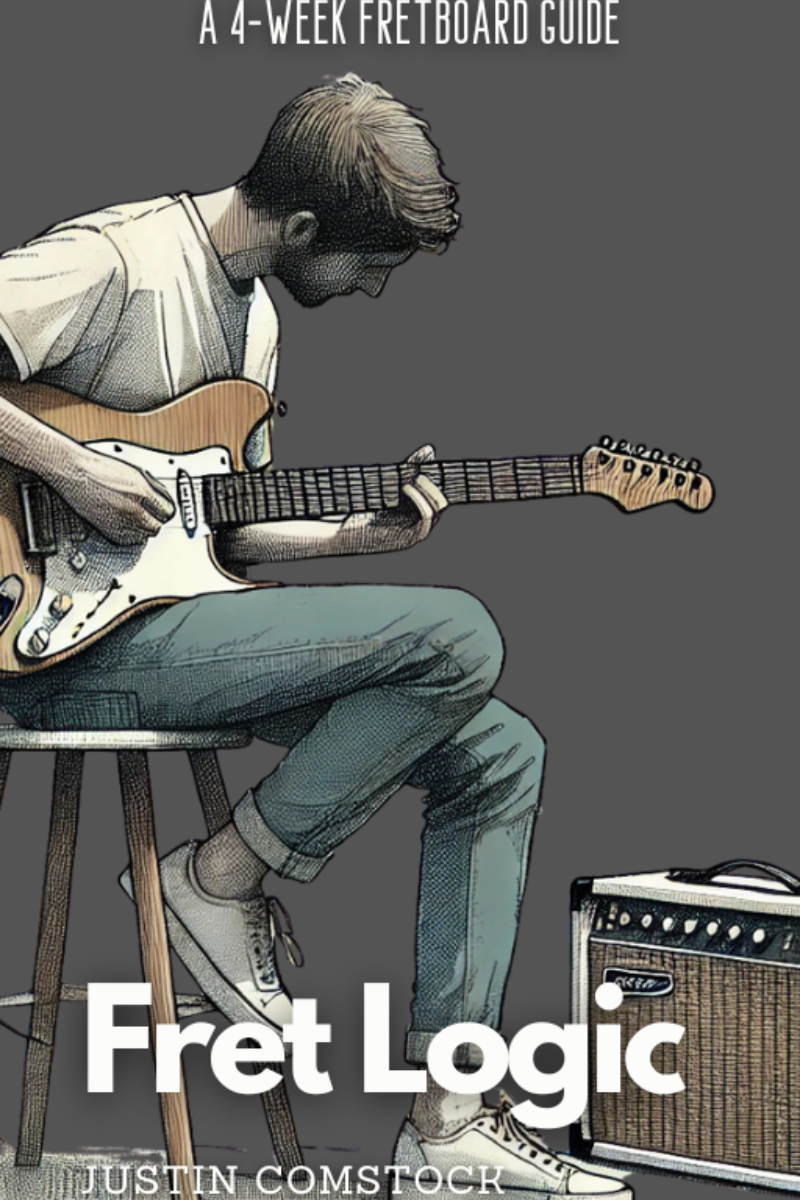
Join Guitar Freaks Hangout on Discord! 🎸
Get Fret Logic FREE!
Join the Guitar Freaks Hangout Discord and get exclusive access to my entire e-book, Fret Logic! Master the fretboard and elevate your solos with this comprehensive guide.
👉 Don’t miss out—join now and download your free copy!
🧠 Recap: What a Real Guitar Scales Book Should Teach You
✔ Intervals across strings
✔ How the B string shifts fingerings
✔ Circle of 4ths logic
✔ Pentatonic and diatonic shapes
✔ How to build melodies—not just patterns
✔ Visualization, ear training, and rhythm
Forget passive memorization. The real book is the one you build yourself—with tools that work on your terms.
That’s what FretDeck is.
Final Words (From One Lost Player to Another)
I spent years thinking I just wasn’t a “scales guy.”
Turns out, I was just learning them the wrong way.
If you’ve felt boxed in, burned out, or overwhelmed by traditional guitar scales books—try this new approach. Start slow. Learn one shape. Speak the notes. Use the circle. Practice on and off the guitar.
You’ll be shocked how fast it clicks.
🎯 JOIN THE FRETDECK KICKSTARTER PRE-LAUNCH
🎸 HANG WITH US ON DISCORD
Your fretboard breakthrough is closer than you think.
👉 Mastering Guitar Scales: Minor Unlocks That Work
🎓 Circle of 4ths Explained – Wikipedia
